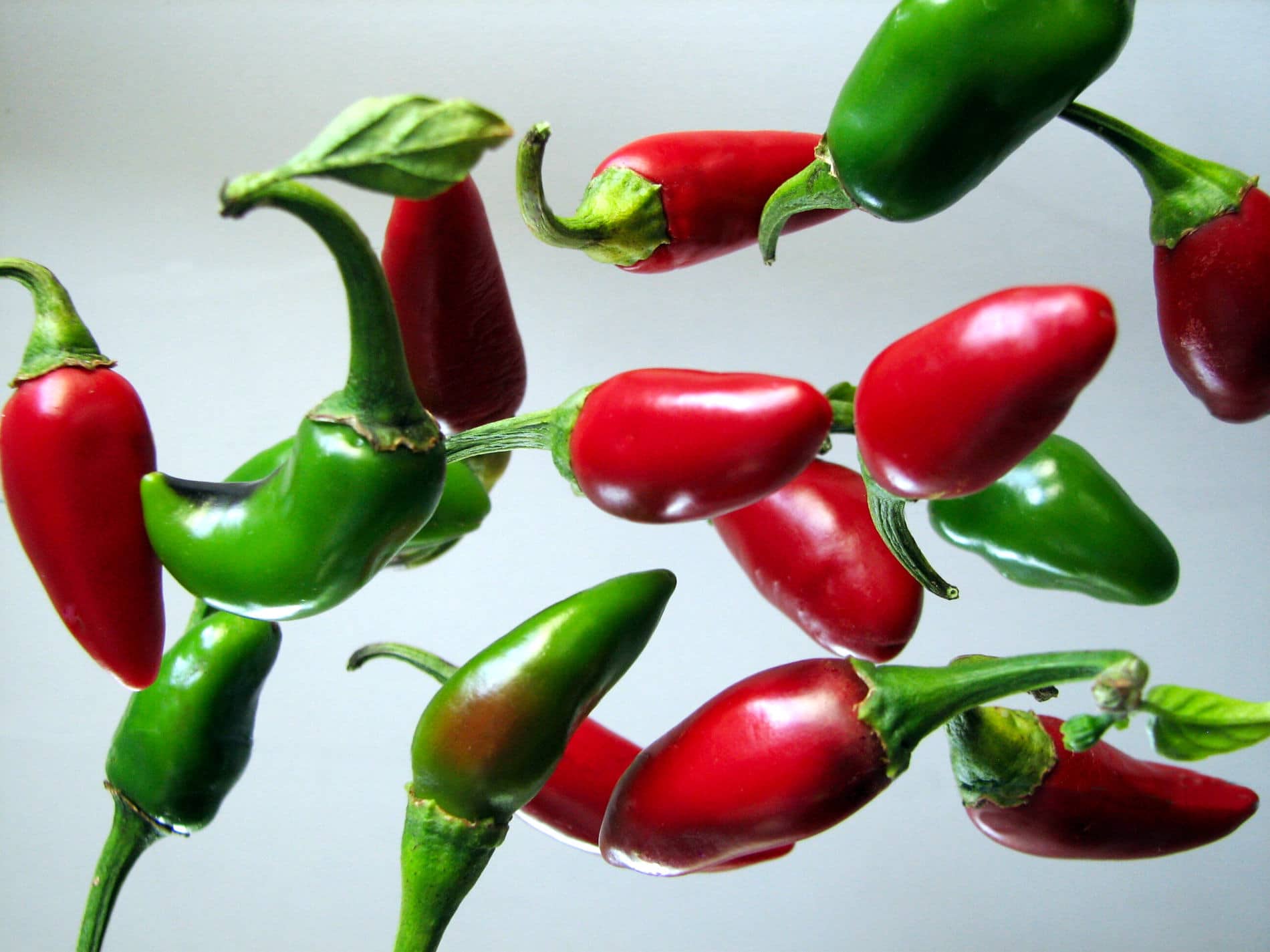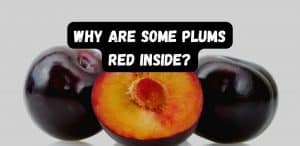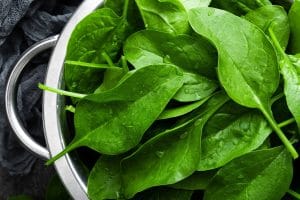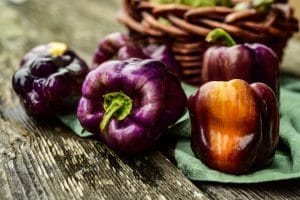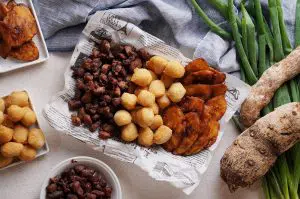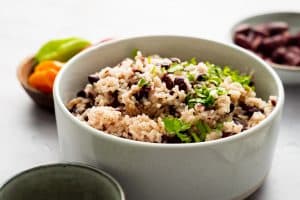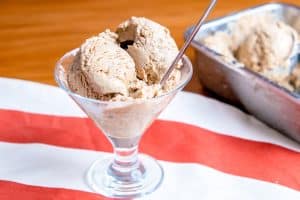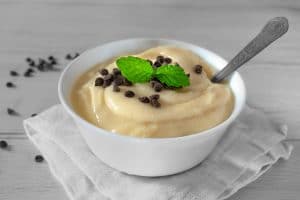Why Are My Jalapenos Turning Red?
Important Note: When you buy through our links, we may earn a commission. As an Amazon Associate we earn from qualifying purchases. Content, pricing, offers and availability are subject to change at any time - more info.
Jalapenos, just like many other chilies, gradually change color over time. This has led many people to wonder whether red jalapenos are hotter than green jalapenos, or why their jalapenos are turning red in the first place.
Today, let’s break down the fascinating maturity cycle of these spicy peppers and break down what you can expect from red jalapenos versus green jalapenos.
The Jalapeno Life Cycle
To understand how and why jalapenos turn red, you have to understand their greater life cycle.
It all starts with the first few weeks of life, during which jalapenos are mere seedlings. However, after three or four weeks, jalapenos reach the adolescent stage, then start to grow more rapidly up to eight weeks of age. In the maturation phase, jalapeno plants grow to their full sizes.
This leads to the flowering stage, which occurs between five and six months after planting. After this point, a jalapeno plant will start to flower, causing peppers to appear. All jalapeno peppers are green at first, though they will eventually turn red if left to mature for longer.
After 5 to 6 months, jalapenos are ripe and ready for picking.
What Does a Jalapeno Turning Red Mean?
A green jalapeno is not necessarily unripe. It just means that the jalapeno is at the beginning of its ripeness phase. Jalapenos can stay ripe for several weeks as their plants fully mature. During this time, the jalapeno fruits will gradually progress from a green coloring to red.
Eventually, jalapeno fruits will fall off and turn dark, almost wine red if they are overripe and are no longer good for eating or cooking. It takes approximately 150 days for a jalapeno to turn red from seedling to maturity.
If you leave the jalapeno fruit on the plant for too long, it will eventually turn black and become rotten!
So, what does a jalapeno turning red mean? Not much. All it means is the fruit is very ripe and ready to be picked and/or eaten. If you see red jalapenos on your plants, pick them ASAP to avoid wasting them.
However, you can also pick and eat green jalapenos from your store or from your own plants. Green jalapenos can be just as tasty or suitable for meals that incorporate these ingredients. However, there are some subtle differences between green and red jalapenos.
Flavor Changes
The biggest change aside from the appearance of jalapeno fruits lies in flavor. When you crunch into a green versus red jalapeno, you’ll notice that red jalapenos are slightly sweeter in flavor than their green counterparts.
Note that this doesn’t mean that red jalapenos don’t taste like jalapenos, of course! Red jalapenos retain their spiciness and unique, zingy flavor no matter what their color is. However, this slight flavor difference could make red or green jalapenos better or worse for your upcoming meal depending on what you need.
Does a Jalapeno’s Heat Change with Its Color?
The big question is whether red jalapenos taste differently from green jalapenos. Technically, they don’t.
All jalapenos have a Scoville unit rating or SHU of between 3000 and 8000. This means jalapenos are fairly hot, though they are far from the hottest foods we humans have added to our cuisines over the years!
Scientists have examined both green and red jalapenos and found that neither type of jalapeno is universally hotter than the other. That said, some red jalapenos are almost certainly hotter than green jalapenos… and vice versa.
You see, the heat of a jalapeno is determined by its seed content and by the maturation of its outer flesh. Because of this, a red jalapeno is not necessarily hotter than a green jalapeno, though depending on your luck you might find red jalapenos to be hotter than green ones on average.
Just keep this in mind when shopping for jalapenos at the grocery store. Choosing red jalapenos won’t definitely make your dishes spicier than normal, and choosing green jalapenos won’t make your food more boring.
Additionally, many people find that the sweeter flavor given to jalapenos as they turn red makes them taste less hot, even if they technically have the same SHU rating. Keep this in mind when choosing jalapenos or deciding when to pick them from your plants. Who knows – the sweeter flavor might make red jalapenos better for stuffing!
Picking the Best Red Jalapenos
As your jalapeno fruits ripen or as you pick jalapenos from the grocery store, it’s important to choose the right red jalapenos for your cooking. Many pepper varieties are picked and then sold in grocery stores while they are still unripe; you can tell that jalapenos are not ready to eat if they are a gray-green or light green color. Ripe jalapenos will be dark green, red, or even orange.
When selecting your jalapenos, be sure to pick fruits that have firm skin and that don’t seem too wrinkly. However, you might occasionally find red jalapenos with weblike patterns on their skin. This may make them look cracked.
Feel these jalapenos with your fingers and see if the skin is still smooth. If so, the jalapenos are still ripe and ready to eat. The skin formation is just a mutation and nothing to be worried about.
In fact, many people find that jalapenos with a weblike skin pattern are hotter than other red jalapenos. Give those jalapenos a try for yourself and see if the rumor is true!
Which is Better: Green or Red Jalapenos?
Ultimately, neither green nor red jalapenos are overall better. However, red jalapenos are riper than green jalapenos, which causes their flavor to be a little sweeter. While both types of jalapeno are technically the same in terms of heat, many people find green jalapenos to be a little hotter since they lack the sweetness of red peppers.
Our advice? Try both types of jalapenos and see which color you like best in your favorite spicy cuisine. That way, you’ll know which jalapenos to prioritize the next time you go shopping or when to pick your peppers if you grow your own jalapeno plants!
